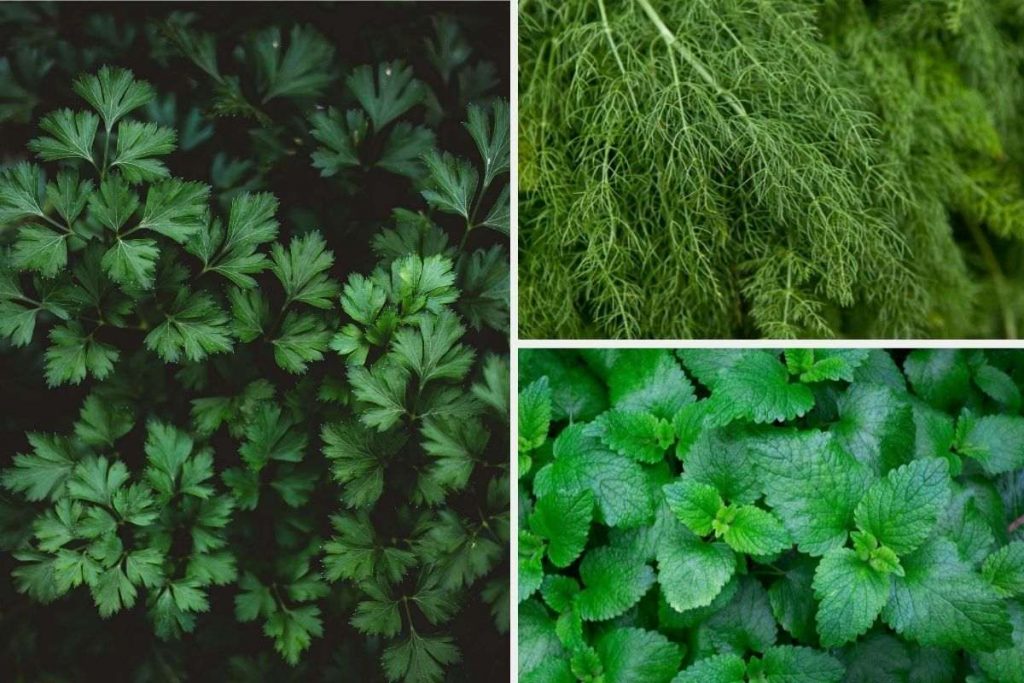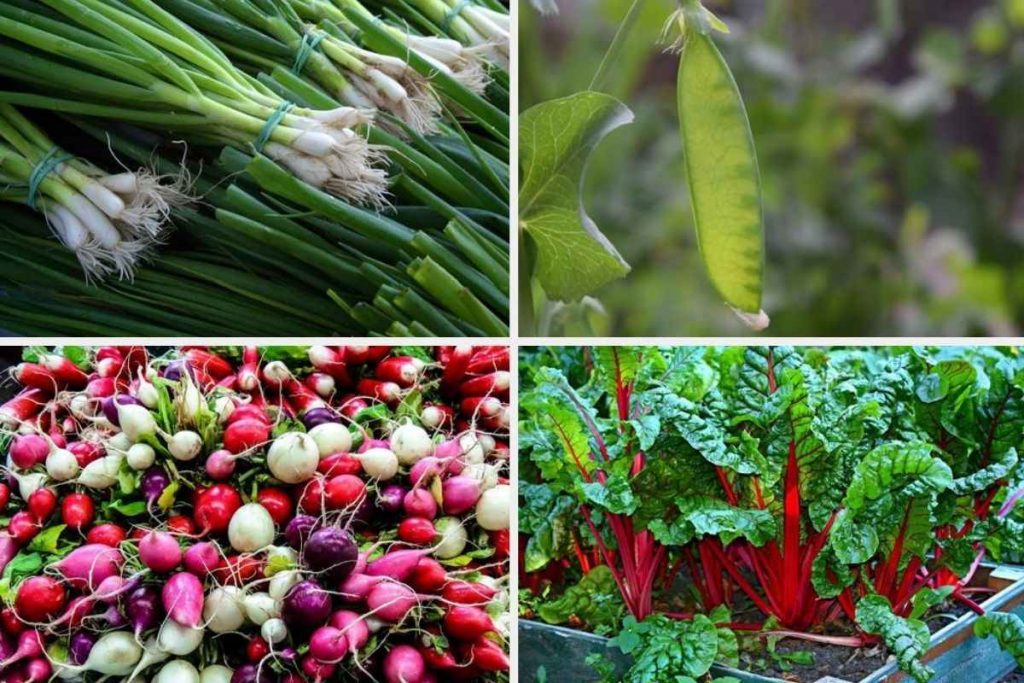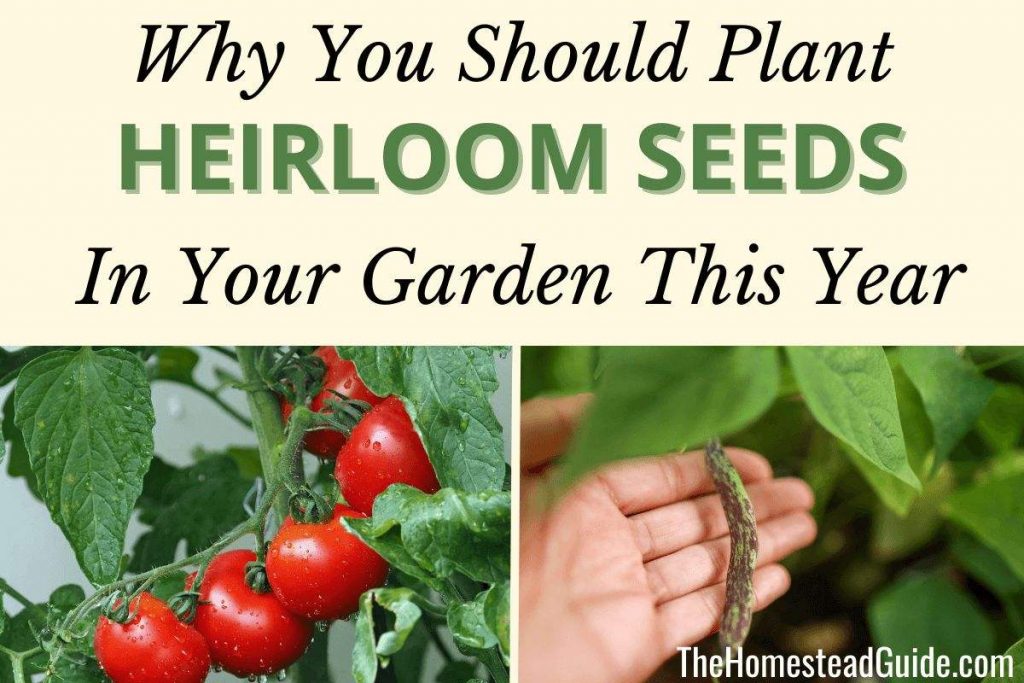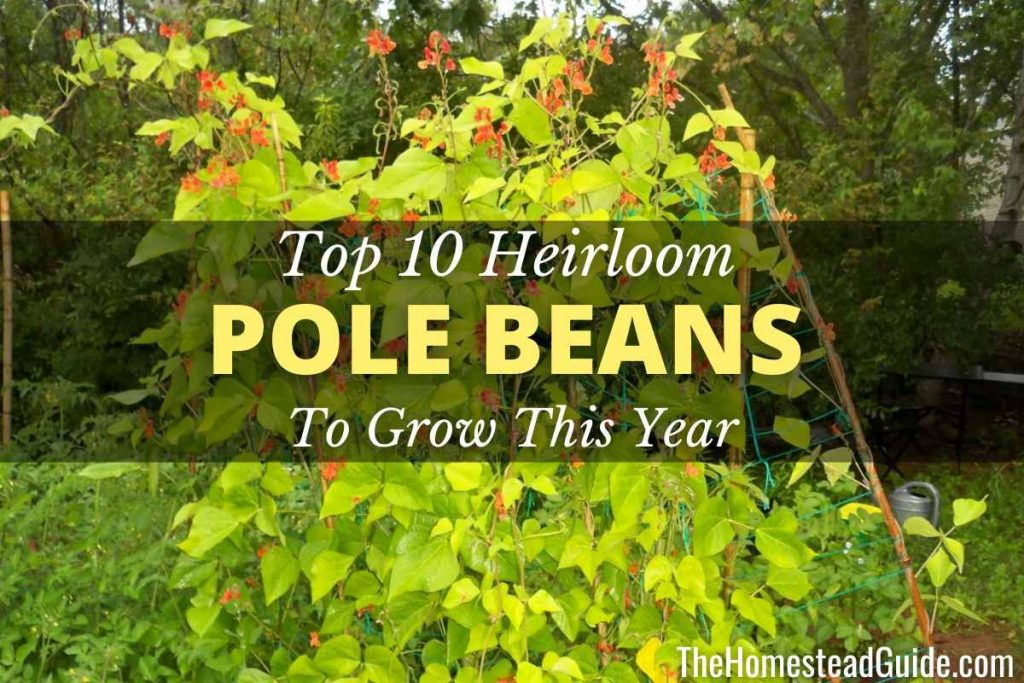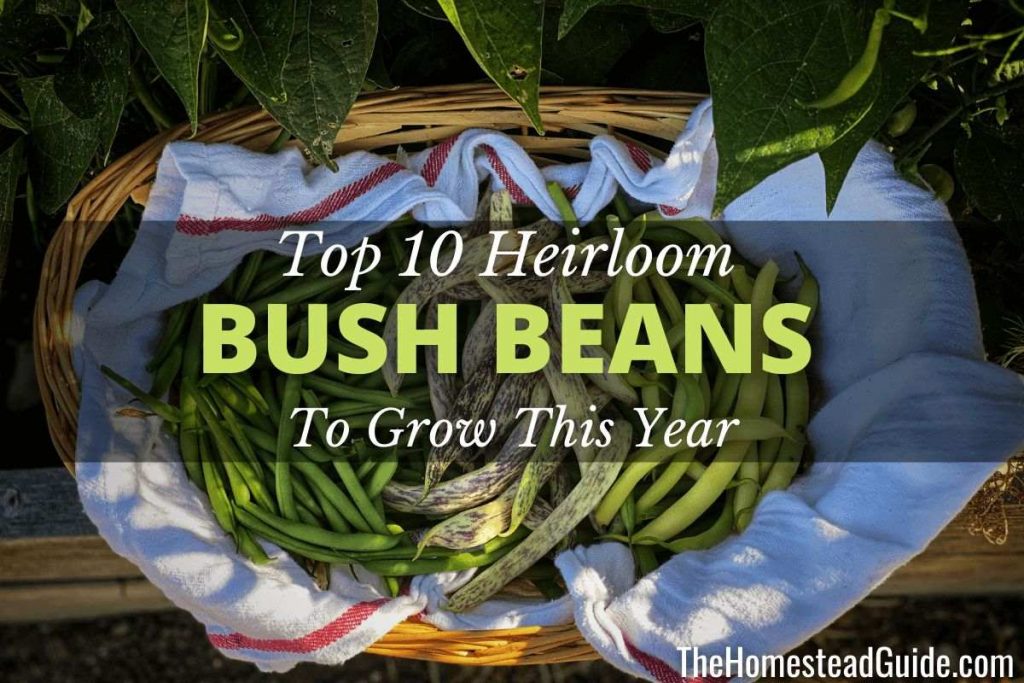When most people think of herbs, they think of plants that require full sun. But did you know that there are a number of common herbs that actually prefer to grow in the shade? While many herbs do well in full sun, there are some great options for those who don’t have as much sunlight available. This means that even if you don’t get a lot of sunshine in your yard, you can still enjoy fresh herbs in your garden.
In this article, we’ll go over some of the best herbs to grow in shade and tell you a little bit about why they thrive in shadier environments. So if you’re looking to add some new herbs to your garden, be sure to read on!
Key Points for Growing Herbs in the Shade
Herbs that do well in shade are typically those that don’t like their soil to dry out, those that prefer slightly cooler environments, and those that are harvested primarily for their leaves and not flowers.
While these herbs should still get some direct sunlight during the day, perhaps in the morning or the early evening, they are happy to stay out of the scorching afternoon sun.
When you grow herbs in lower light environments, there are a few things you should always keep in mind. Here are the key points for growing herbs in the shade:
- Don’t overwater: The first thing to keep in mind is that herbs growing in shade will not dry out as fast, so water less frequently than you would your herbs in full sun. When you are doing your watering rounds, always check your shade-growing herbs first before you water them.
- Harvest regularly and generously: Herbs that grow in less light may tend to grow taller and leggier. When you harvest your herbs in the shade, harvest generously and remove a little more growth than you would with full sun herbs. This will encourage branching and help keep the plant compact and bushy. Regular harvesting also helps to prevent the plant from flowering, which signals the end of its life cycle and can make it taste bitter.
- Monitor their growth: Branching off from that last point (pun intended), herbs growing in shadier environments may start to grow tall and spindly. If you notice this happening, it means they need more light. If you can’t move them to a sunnier spot, pinch them back to keep them more compact and bushier, taking care to leave the largest leaves at the base, as they are the main source of photosynthesis and growth.
- Keep an eye out for bugs and diseases: A lot of annoying garden pests, especially slugs and snails, love cooler, humid environments. Keep an eye out for pests, especially in the early morning, and spray them off with a sharp stream of water or use an insecticidal soap for sap-sucking insects.You should also keep an eye out for fungal diseases and mold.
- Choose the best shade-loving varieties: To get the most success with growing herbs in shadier conditions, choose the best varieties if possible. You may find specific varieties that prefer shade and cooler weather. Overall, if you are looking for herbs other than those in this list, look for herbs that prefer cooler weather, don’t like to dry out between waterings and are harvested for their leaves rather than flowers.
10 Great Herbs to Grow in Shade
1. Dill
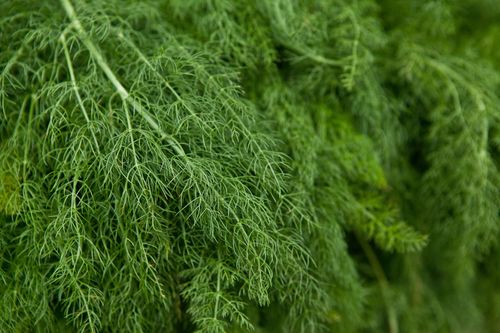
Dill is an annual herb that commonly grows in full sun, but it can tolerate partial shade. The heat of the summer sun makes it go to flower and start to die off, so planting some dill in a partially shaded area will help it last longer. I’ve planted mine in a full sun area, but I find that it very quickly starts to flower and I am constantly picking off the beginnings of flower buds. Keep in mind that dill will reseed itself and return every year, so make sure that you plant it in an area where you don’t mind having a little dill colony!
2. Parsley
Parsley is very easy to grow in a wide range of conditions and it is a staple in every herb garden – you can even grow it inside on a sunny windowsill! Both flat-leaved and curly parsley do well in the shade, and I find that they actually do better when kept out of the hot afternoon sun.
3. Cilantro/Coriander
Ah yes, that ever-polarizing herb, cilantro. Some people have a genetic variation that makes cilantro taste like soap, while others find it tastes pleasantly refreshing like parsley and citrus. Cilantro is known as the leaves of the coriander plant – the coriander spice is made from the seeds of the plant.
Just like dill, I find that it goes to flower much more quickly when in the hot sun, and once it starts to mature towards flowering, its growth structure changes and the new leaves start coming out long and thin (sort of like dill) as it starts to put its energy towards flowering.
4. Chives
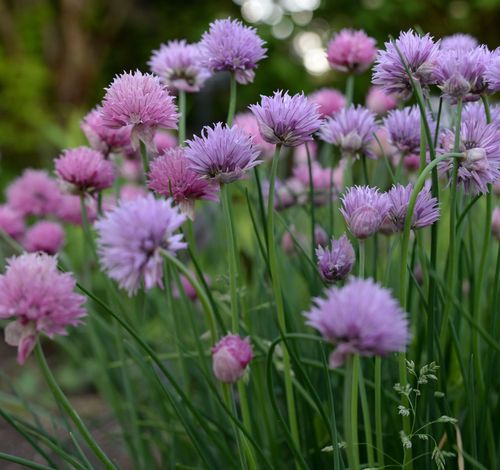
This is probably the easiest herb of all to grow in the shade! You pretty much don’t have to do anything, and chives will grow just about anywhere. If you plant chives in the ground, they will likely return every year, getting bigger and bigger. After a few years, you can divide the plant and start to plant it all around your yard if you want to.
5. Tarragon
Tarragon is an excellent addition to your shade garden. Not a lot of people think to plant it, but I think it is an interesting and unique herb to grow. It has a tangy licorice flavor and does well in the shade. It’s an upright plant, so you may need to keep it from growing too tall and leggy if it gets a lot of shade by harvesting generously. It goes really well with chicken and fish, especially when paired with lemon! You can even make deliciously refreshing summer drinks with it such as this sparkling tarragon-gin lemonade.
6. Chervil
Chervil, one of the fines herbes of French cuisine, is a delicate herb that has a similar anise-like flavor to tarragon, but it is a bit lighter. It does well in cooler areas out of the hot sun, which makes it flower and go to seed. Since it is a delicate herb, it goes well in milder dishes like fish, chicken and eggs.
7. Mint
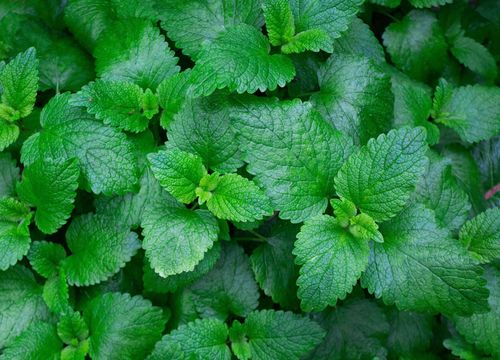
Although it is usually grown in full sun, mint can be grown in partial shade as well. It tends to grow long and leggy if it doesn’t get enough light, so make sure to pinch back any small, thin stems to keep it compact. There are endless varieties of mint, and peppermint in particular really enjoys the shade.
One word of caution: mint is extremely invasive, having long systems of runners underground, making it almost impossible to get rid of once it takes over. Do not plant it directly in the ground unless you are fully prepared to have a “mint garden” that will basically become ground cover. I would recommend growing it in containers only and keeping it off the ground, as it will send out sneaky little runners right from the pot in search of more space to take over!
8. Lemon Balm
A member of the mint family, lemon balm is very easy to grow and does well in the shade. Its leaves smell absolutely divine, and it makes a wonderful, calming herbal tea from either fresh or dried leaves.
Although in the same family as mint, it does not spread underground like mint does. Therefore, it is safer to plant directly in the ground. It can, however, spread quickly from seeding itself, so make sure you are pinching off the flowers to keep it in control. The flowers do attract bees, though, so you could wait until the petals fall off before pinching them off if you are looking to attract pollinators (which you should be!).
9. Lovage
Lovage is a large perennial herb that can tolerate shade once established. It is in the carrot family and has a flavor similar to parsley or celery, and it can be used in soups, salads, potatoes and more. It’s legitimately very large – it can grow 5 feet tall into a whole bush – so you may even plant it as an edible landscaping choice.
10. Sorrel
Sorrel is a low-growing herb/vegetable combination. The leaves somewhat resemble spinach and have a tangy, lemony taste. Keep this plant away from the hot sun, as the heat will cause it to bolt and slow the production of leaves.
Conclusion
If you’re looking for some new herbs to try in your garden and you are worried that you don’t have enough sunlight, we’ve got you covered. We’ve listed 10 delicious herbs that thrive when planted in shady areas – so get ready to add a little flavor to your life! What is your favorite shade-loving herb to grow? Let us know in the comments below!
If you’re new to gardening, be sure to check out our complete guide to organic gardening for more gardening tips and tricks.

